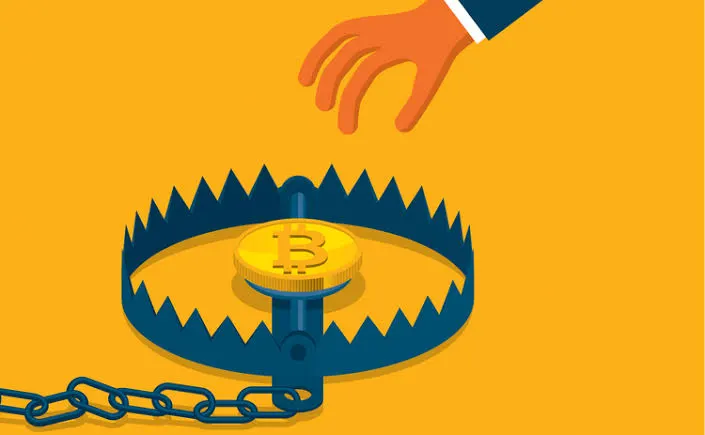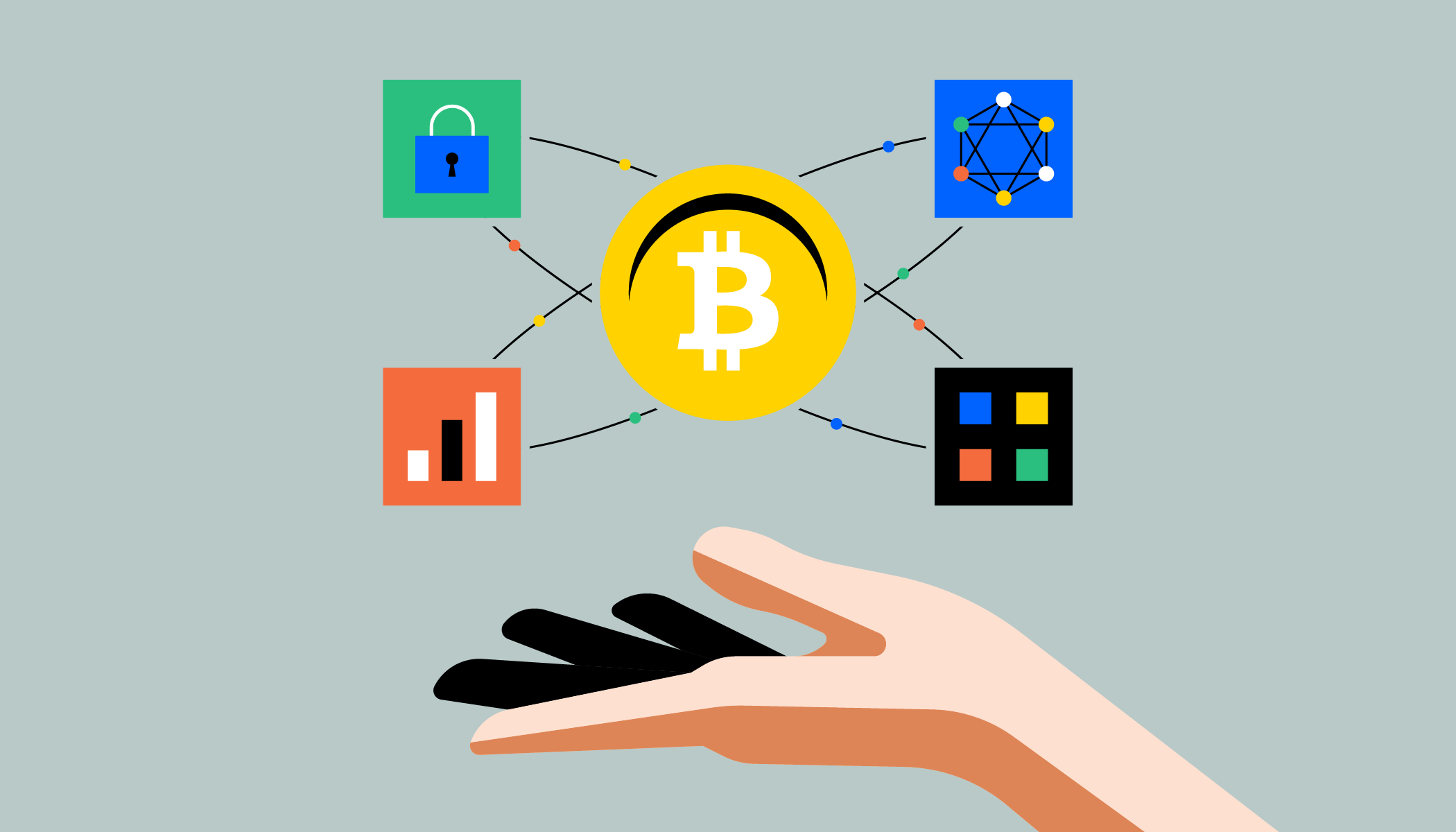Cryptocurrency has been one of the most talked-about topics in finance for the last decade. But for many people, the world of digital coins, blockchain, and decentralized finance can feel like a foreign language. With 2025 on the horizon, it’s the perfect time to break things down and explore the state of the crypto market in simple terms. So, if you’ve ever wondered about how this crypto world works—or if it’s something worth paying attention to—this is the guide for you.
Let’s walk through the basics of what’s happening in the cryptocurrency world right now and what we can expect in 2025. We’ll keep things straightforward, so even if you don’t have a tech or financial background, you’ll have a good grasp of the crypto landscape.
What Is Cryptocurrency?
At its core, cryptocurrency is a type of digital or virtual money. Unlike traditional currencies like dollars or euros, cryptocurrencies don’t have a physical form (no coins or bills). They exist purely online and are stored in digital wallets, which you can access using a special key. Bitcoin, Ethereum, and newer coins are all examples of cryptocurrencies.
What makes crypto unique is that it’s decentralized, meaning no single entity (like a government or bank) controls it. Instead, transactions are verified and recorded using technology called blockchain, which is essentially a giant, transparent ledger (or database) spread across computers worldwide. This makes it nearly impossible to tamper with or forge transactions.
Why Do People Care About Crypto?
People care about crypto for several reasons:
- Potential for Growth: Some people buy cryptocurrencies hoping their value will rise, much like how you might buy stocks in a company hoping the stock price will increase over time.
- Decentralization: Crypto isn’t controlled by any government or bank, so some people like the idea of having control over their own money. This is especially appealing in regions where inflation or currency devaluation is an issue.
- Innovation: Cryptocurrency is part of a broader trend toward digital and decentralized technologies that could reshape industries such as finance, real estate, and healthcare.
- Privacy and Security: Some cryptocurrencies offer more privacy and security compared to traditional financial systems, though this can vary depending on the specific crypto.
The 2025 Crypto Landscape: What’s Changing?

So, what does the crypto market look like as we move into 2025? A lot has happened over the past few years, and things are evolving. Here are some key trends shaping the market:
1. More Regulation (Finally)
For years, the crypto market has been relatively free of government oversight. This has made it a great space for innovation, but it has also led to risks—like fraud, scams, and market manipulation. In 2025, regulation is becoming a bigger focus. Governments around the world are introducing rules to ensure that crypto exchanges, trading platforms, and projects are more secure and transparent.
What this means for you as an investor or curious observer is that crypto may become safer and more mainstream. You’ll likely see more clear rules about how crypto works, who can invest, and how companies can operate, which could attract more institutional investors and everyday people into the space.
2. Crypto as a Payment Option Will Grow
One of the main goals of cryptocurrency was always to become a payment system that works alongside traditional money. While Bitcoin and other cryptos haven’t entirely replaced cash, you might notice that more and more companies are beginning to accept crypto as payment for goods and services. Big brands like Tesla, PayPal, and even small businesses are jumping on board.
By 2025, this trend will likely continue, with more retailers and online platforms accepting crypto. If you’re familiar with credit cards or digital wallets like PayPal, imagine using Bitcoin or Ethereum as easily as you use a debit card today.
3. The Rise of Stablecoins
A big issue with crypto is that its value can be really volatile—prices can swing wildly in a short period of time. That’s great if you’re a speculator who wants to profit from those fluctuations, but it’s less ideal if you’re just looking to use crypto as a stable form of money.
This is where stablecoins come in. Stablecoins are cryptocurrencies that are designed to be more stable because they are pegged to a real-world asset, like the US dollar. For example, Tether (USDT) and USD Coin (USDC) are both stablecoins that aim to keep their value close to $1.
As we move into 2025, stablecoins will likely become more popular for people who want to hold crypto without worrying about huge price swings. You might see them used more for everyday transactions, or even as a safer investment option.
4. DeFi (Decentralized Finance) Expanding
DeFi refers to financial services built on blockchain technology that don’t require traditional banks or financial intermediaries. This could mean lending, borrowing, earning interest on your crypto, or trading—all done on decentralized platforms, often using cryptocurrencies.
By 2025, DeFi is expected to continue expanding, offering new ways for people to interact with their money. For example, instead of depositing your savings in a bank for a low interest rate, you could use a decentralized lending platform to earn potentially higher returns on your crypto.
However, DeFi isn’t without risk. The platforms are still relatively new, and while they are growing, you should proceed with caution and do thorough research before getting involved.
5. Central Bank Digital Currencies (CBDCs)
Central banks around the world are exploring their own versions of digital currency. These are known as Central Bank Digital Currencies (CBDCs), and they would be a state-backed, digital version of your traditional money (like the dollar or euro).
Unlike decentralized cryptocurrencies like Bitcoin, CBDCs are fully controlled by governments. If you’ve ever used a mobile payment system like Apple Pay or Google Pay, you’re somewhat familiar with the concept. However, CBDCs would allow for digital payments directly from your government-issued currency.
By 2025, you might start seeing more countries launching their own CBDCs, offering a digital version of money that’s easy to use and supported by the state. While CBDCs aren’t technically “cryptocurrencies,” they are another step toward a more digital financial system.
Risks You Should Be Aware Of

As with any investment or new technology, the crypto market comes with risks. Here are a few things to keep in mind:
- Volatility: Cryptocurrency prices can fluctuate wildly, sometimes without warning. While this can create opportunities, it also means there’s a significant risk of losing money.
- Security: While blockchain itself is secure, the platforms and exchanges where you buy and store crypto can sometimes be hacked or compromised.
- Regulatory Risk: Since governments are still figuring out how to regulate crypto, the market could be impacted by new laws or restrictions.
- Scams: The crypto world has seen its share of fraud and Ponzi schemes. Always be cautious when investing or getting involved with unknown projects.
Conclusion: Is Crypto the Future?
As we look ahead to 2025, it’s clear that the crypto market is maturing. While the idea of using cryptocurrency might still seem like something for tech geeks or speculative traders, it’s becoming more mainstream—and more accessible for everyday people.
For non-crypto people, the important takeaway is that crypto is here to stay. Whether it becomes a dominant form of payment, a secure store of value, or a key part of the global financial system, it’s likely to keep evolving in ways that will impact us all.
If you’re curious but cautious, don’t rush into it. Start by learning more, understanding the risks, and keeping an eye on how the industry develops. The world of crypto in 2025 is shaping up to be an exciting one—just be sure to keep your feet grounded and your expectations realistic.




Comments are closed